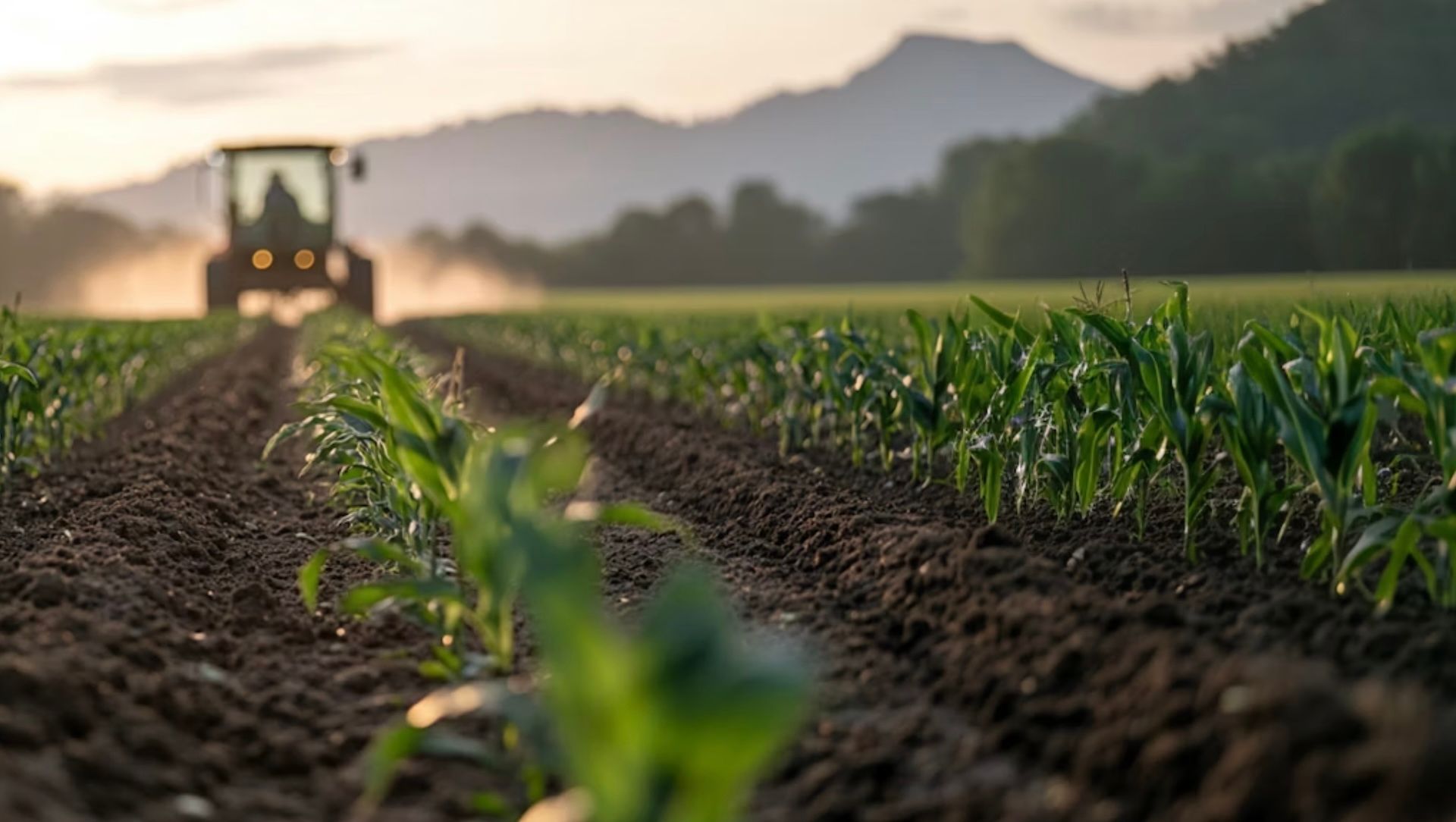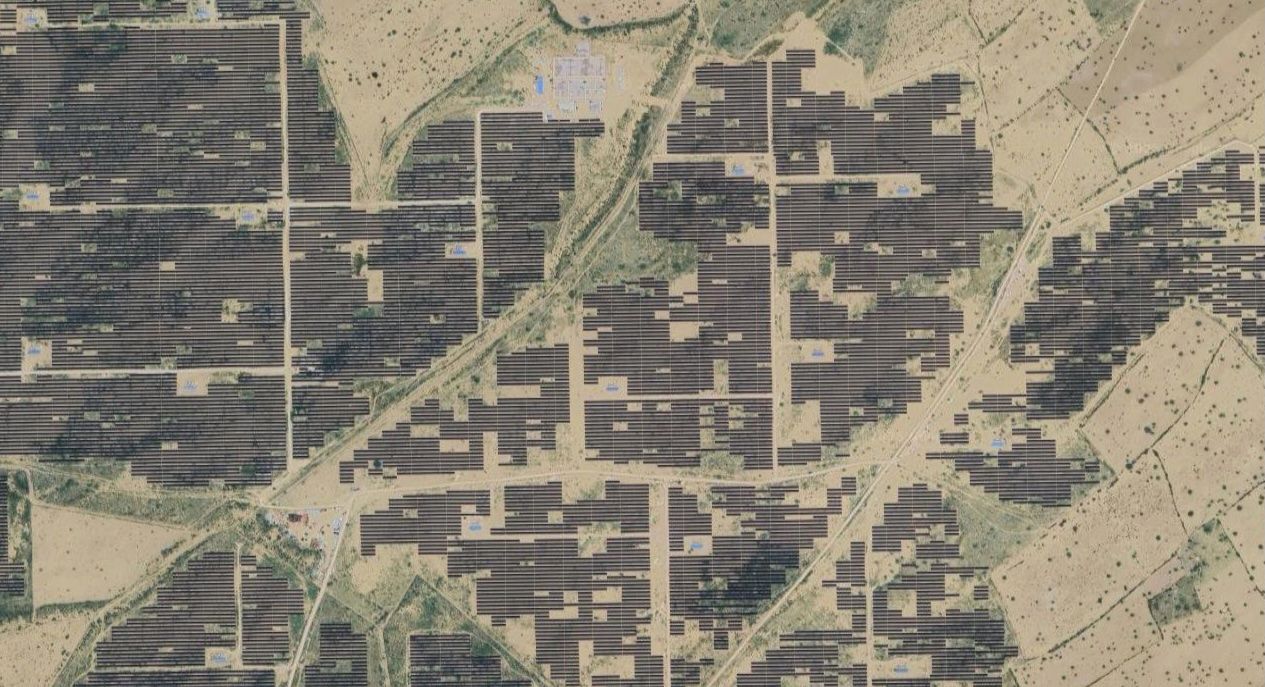CTrees’ Sassan Saatchi, PhD, on forest carbon and emissions

As part of an ongoing Climate TRACE series, we are interviewing individual coalition members about their work. We recently talked with Sassan Saatchi, PhD, co-founder and CEO of nonprofit CTrees, which measures forest carbon and activity worldwide.
CTrees tracks forest carbon around the world. Why is it important to measure these data?
As a scientist at NASA for the past 30 years, I have dedicated my research to understanding exactly how forests interact with the climate. The combined effects of deforestation, land use change activities, and wildfire have made the forestry sector the ninth-largest contributor to global greenhouse gas emissions. At the same time, forests remain the largest carbon sink, absorbing nearly a third of fossil fuel emissions every year.
To effectively mitigate climate change, it's critical to focus not only on reducing emissions from the land, but also on improving the health of the world’s forests, which cover roughly 30% of Earth’s land area, about 4 billion hectares. Forests play a crucial role in the carbon cycle, contributing nearly 80% of the carbon exchange between the land and atmosphere. Nature-based solutions that protect and restore forest ecosystems are vital components of the Paris Agreement, as they can be implemented alongside longer-term development of technologies to reduce fossil fuel emissions.
We developed CTrees to help the global community to advance and accelerate the implementation of nature-based climate solutions. We provide operational and actionable data on forests globally, including the amount of carbon storage, emissions, and removals at scales of local communities and jurisdictions around the world.
What is your approach to collecting forest data and estimating emissions?
Traditionally, forestry groups in different countries — mostly in the Northern hemisphere — collect inventory data on the ground. They establish sample plots across forest lands, and measure trees to estimate carbon stocks in the broader forest community or at national level. These measurements are typically repeated every five or ten years, to estimate average changes of carbon stocks over time. However, most of these forest inventories were originally developed by the timber industry to assess timber volume and its economic value. Therefore, the inventory sampling approaches were not designed for frequent monitoring of forest area and carbon changes resulting from human activities and environmental factors at different scales — an essential data need for implementing nature-based climate solutions.
So CTrees brings additional measurements, utilizing satellites from space agencies and the private sector that are specifically designed to monitor forests globally. These satellites provide precise information on the forest location and whether it has been cut or has been growing. We combine these satellite data with AI and advanced machine learning models, to scale up inventory samples, providing carbon stocks and changes across landscapes at fine pixel resolution covering every region on Earth. Our goal is to map every hectare of forest globally every year, and quantify the carbon stock and any changes to the forest.
How do you determine emissions factors?
We use measurements of forest structure calibrated with ground inventory plots to estimate carbon stock in the forest. If a forest is cleared or cut for logging, agriculture, or settlement, then we quantify the difference between carbon stock in converted land and the natural forest carbon stock. This difference is what makes emissions factors.
So if you say, “I converted this land to build a house,” we calculate the corresponding emissions factor and apply it to that specific area of land to estimate the emissions of that activity. Each type of land use change has a different emissions factor. For example, if you cut the trees to make furniture or build houses, we use a different emissions factor than if you burn the land in the Amazon to create pasture for livestock and grazing.
CTrees quantifies emissions factors both globally and locally, to make sure data are relevant to projects at the community and national levels. When we add up this information globally, we can accurately balance the carbon budget to give a clear picture of what is happening. The goal is to be able to assess each year if we are moving in the right direction in terms of reducing emissions and increasing removals, or heading the wrong direction.
Where are you in the process to track carbon in every tree globally?
Together with our research partners in Denmark and France, we are working to track carbon in every tree on the planet — because every single tree matters. Conventional carbon tracking has mostly focused on trees in forests. It has ignored trees that stand alone, in a small cluster on a farm, or in a neighborhood in Los Angeles. So we decided to track their carbon as well.
So far, CTrees has mapped all trees of the US land at 50-centimeter resolution. CTrees’ partners in Europe have mapped the entire continents of Africa and Europe at 1-meter resolution. We are moving to finish South America. In a year or so, we will be tracking every tree globally.
One interesting finding of our tree-level data products is that while everyone was focusing on the rainforest in the Congo Basin, dry forests in the savannas and in sub-Saharan Africa were largely ignored. These areas have individual trees scattered across the land that are not counted as forests. Forest definition varies across countries, covering a range of 10–30% of trees taller than 3–5 meters within a unit area of 0.5–1.0 hectares. But, when we calculated carbon stocks in savanna and woodlands, we noticed that the amount of carbon stored in these ecosystems is almost equal to that in all rainforests in Africa and they contribute immensely to carbon removal from the atmosphere.
What challenges have you faced along the way?
There are several challenges, some scientific, such as making sure the data quality is good and we have enough ground data to verify and validate our results. But, we cherish these scientific challenges, because they help us to be innovative, to improve our products, and to move forward.
Another challenge is to convince the global community and policy-makers of the importance of the scientific data for effective policy making. We work hard to understand different ways governments and businesses can utilize the data. For example, urban tree data can help mayors plant trees in optimal locations, to best improve the city environments and the public health.
Finally, as a nonprofit organization, we need to continually raise funds. Our goal is not to generate profit, but to make sure we are supported in producing valuable data.
What are other ways these data can inform emissions-reduction target setting and/or mitigation strategies?
We provide operational data to help communities and policy-makers in addressing climate mitigation at jurisdictional, national, and sub-national levels. Countries that signed the Paris Agreement made commitments to reducing emissions, and many, especially in the Global South, need resources to know exactly how much carbon they have in their forests — and how their forests are changing. Our data helps them to know where deforestation, illegal logging, or mining are occuring.
At the same time, private sector actors participating in the carbon market are investing in nature-based solutions. Our data ensures credits coming to the market are valid and are reliable, providing transparency about where the forest credit is coming from, whether the forest is protected and healthy or being deforested. When companies invest millions of dollars on carbon credits, they can use our data for verification and monitoring. This in turn becomes an incentive for funding to go to the communities who own the land or forest, who may otherwise have had to log or clear the forest to support their own livelihood.
Essentially CTrees, like Climate TRACE broadly, empowers companies and governments to use science-based data for carbon tracking, reporting, and designing emissions-reduction strategies.
We are at the brink of making significant changes — both in scientific innovation and in how the global community is thinking about and using data. As we work together to bring the data to the community, we can solve climate problems faster. What we are doing at CTrees is a game-changer because we are bringing not only our own data, but the knowledge that has been developed within the scientific community, to create actionable and operational tools for the global community.
Interviewed by Daisy Simmons.


